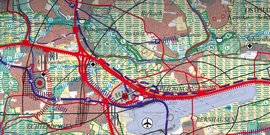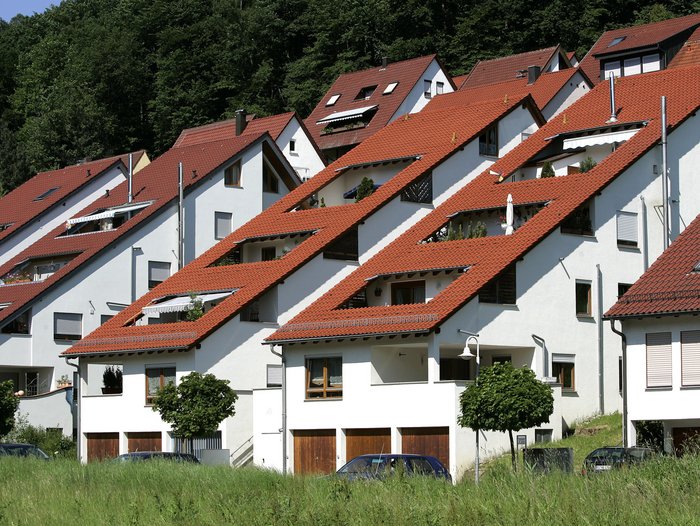Weighing up
When weighing up an issue, aspects and concerns are compared with and against each other. Elected committee members make a decision on this basis. A decision is considered appropriate if it is clearly oriented towards the planning objectives and there are sufficiently weighty reasons to justify the subordination of one interest to the other.
Gross residential density
The gross residential density describes the number of inhabitants per hectare of residential land. The density values largely correspond to the binding state-wide specifications and are essentially based on the central location classification of a municipality. The aim of appropriately dense development is not only to reduce land consumption to a necessary level, but also to achieve better utilization of the infrastructure.
Integration area
In an interdependent area, municipalities are intertwined with "their" central location through different relationships in terms of work, shopping, education and leisure facilities. The interdependent area is also the catchment area of a central location for shopping or service facilities for the population of this area.
Central location
Due to its technical and social infrastructure, each central place has a certain function for its local population and surrounding area. The central places form a hierarchy among themselves. Depending on the type and scope of the function, a distinction is made between upper, middle, lower and small centers.






![[Translate to English:] S-Bahn](/fileadmin/_processed_/3/d/csm_058_-_S-Bahn_Stuttgart_ho___ehengleicher_Einstieg-1-rwilling_ce82cb0b0e.jpg)


















